-
 Philosopher Democritus suggested that matter couldn't be infinitely divided. He also theorized "atoms" as very small, indivisible, solid particles that're surrounded by empty space.
Philosopher Democritus suggested that matter couldn't be infinitely divided. He also theorized "atoms" as very small, indivisible, solid particles that're surrounded by empty space. -
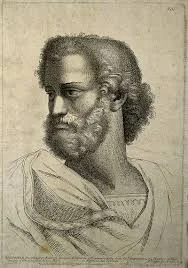 Aristotle rejected Democritus atom idea, and instead, believed that matter consisted of 5 basic elements, earth, water, air, fire and ether. Due to his popularity, his idea prevailed for almost 2000 years.
Aristotle rejected Democritus atom idea, and instead, believed that matter consisted of 5 basic elements, earth, water, air, fire and ether. Due to his popularity, his idea prevailed for almost 2000 years. -
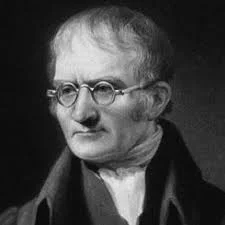 John Dalton suggested that atoms could be the reason why elements come together in specific ratios to form compounds. With evidence, Dalton backed up his claim, and thus, the atomic theory emerged.
John Dalton suggested that atoms could be the reason why elements come together in specific ratios to form compounds. With evidence, Dalton backed up his claim, and thus, the atomic theory emerged. -
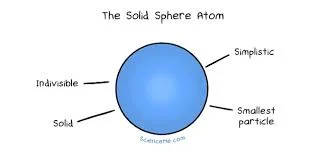 John Dalton proposes the atom as an indivisible unit of an element, creating the solid sphere model.
John Dalton proposes the atom as an indivisible unit of an element, creating the solid sphere model. -
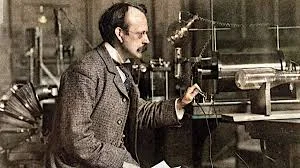 JJ Thomson used a cathode ray to determine that atoms were made of smaller charged particles, protons being positive and electrons being negative.
JJ Thomson used a cathode ray to determine that atoms were made of smaller charged particles, protons being positive and electrons being negative. -
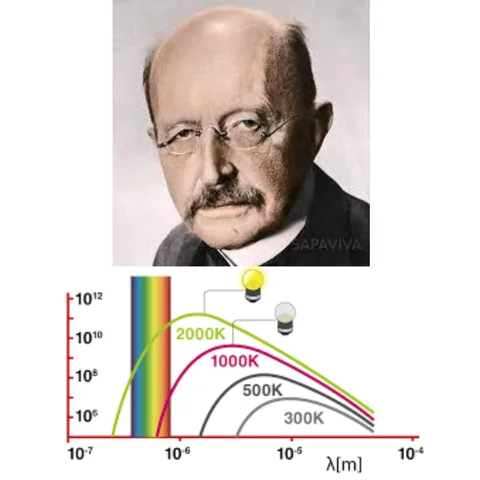 Max Planck created the quantam theory, stating that energy isn't emitted or absorbed continuously, but in packets called "quanta," meaning specifc amounts.
Max Planck created the quantam theory, stating that energy isn't emitted or absorbed continuously, but in packets called "quanta," meaning specifc amounts. -
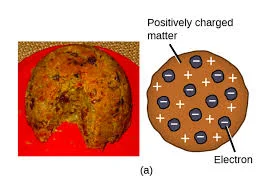 Thomson also suggested that the atomic model was like a plum pudding, the electrons and protons randomly in the atom.
Thomson also suggested that the atomic model was like a plum pudding, the electrons and protons randomly in the atom. -
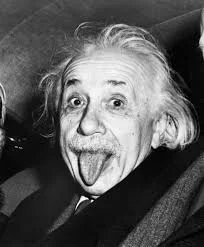 Albert Einstein expanded the idea of "quanta" by proposing that light itself can be considered as particles called photons.
Albert Einstein expanded the idea of "quanta" by proposing that light itself can be considered as particles called photons. -
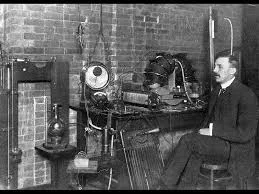 Ernest Rutherford shot radiation at gold foil, and from the angles of refraction, said that the center of an atom was mostly mass and positive charges.
Ernest Rutherford shot radiation at gold foil, and from the angles of refraction, said that the center of an atom was mostly mass and positive charges. -
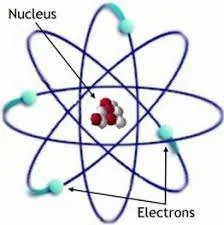 Rutherford created his version of the atomic theory, which includes a nucleus.
Rutherford created his version of the atomic theory, which includes a nucleus. -
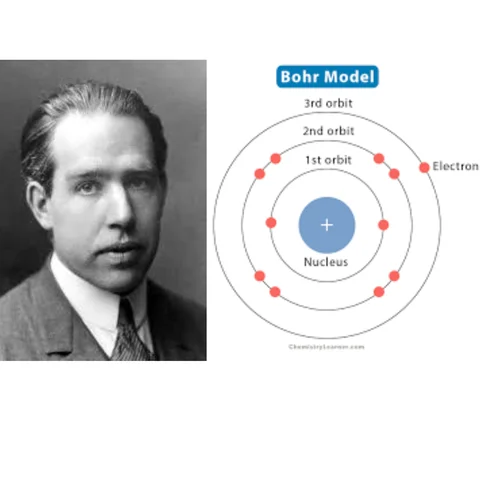 Niels Bohr used light from atoms to determine that electrons moved around the nucleus in fixed orbits, called the planetary model.
Niels Bohr used light from atoms to determine that electrons moved around the nucleus in fixed orbits, called the planetary model. -
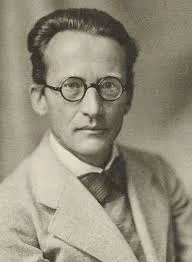 Erwin Schrodinger made the development of the Schrodinger equation, a math model that described electrons as waves and calculated the probability of finding an electron in a specific space within an atom.
Erwin Schrodinger made the development of the Schrodinger equation, a math model that described electrons as waves and calculated the probability of finding an electron in a specific space within an atom. -
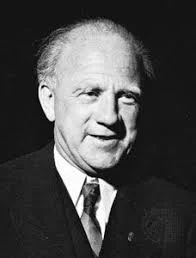 Werner Heisenberg created the uncertainty principle, aka the indeterminacy principle. It states that the position and momentum of a particle can't be known precisely at the same time.
Werner Heisenberg created the uncertainty principle, aka the indeterminacy principle. It states that the position and momentum of a particle can't be known precisely at the same time. -
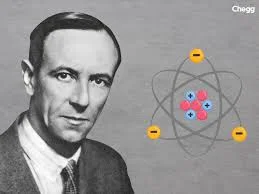 James Chadwick made the discovery of the neutron, a neutral particle that's in the nucleus of an atom with protons.
James Chadwick made the discovery of the neutron, a neutral particle that's in the nucleus of an atom with protons.